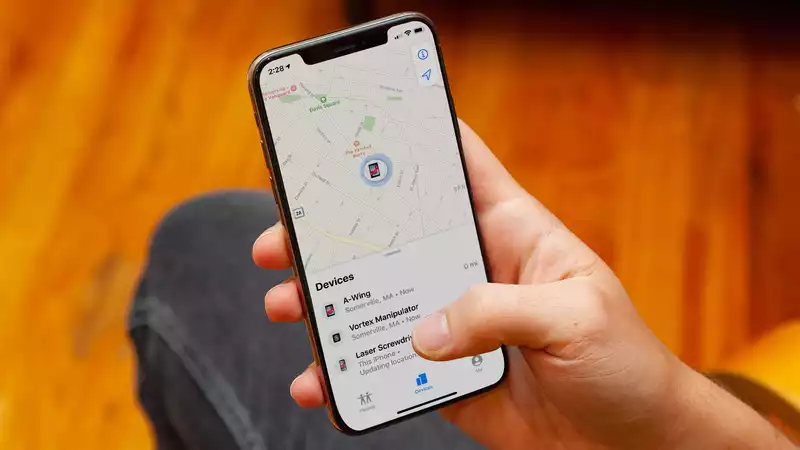The day may come when Apple saves your life, provided the industry adopts Apple's newly patented "emergency beacon" standard.
Apple Insider found patent number 20200015169 titled "Enhanced Emergency Beacon Transmission Procedure" in the public records of the US Patent and Trademark Office.
The idea is to allow phones and other electronic devices with wireless systems to go into a mode called emergency power-saving mode. In this mode, rescue signals can be transmitted in areas where cell phone reception is poor.
According to the patent description, the document describes the technology required to enter EPSM. When the user activates the mode, or when the device detects an event such as a fall, as the Apple Watch does, the device begins broadcasting an emergency beacon signal.
Here is one example described in the patent.
"For example, a user may get lost or injured while hiking and may use the emergency beacon broadcast feature to notify other users and base stations in the area... As described in more detail below, the emergency beacon broadcast feature may operate as an off-grid radio service (OGRS) if [the device] does not have an active connection to a base station or other wireless access point"
.
Even if the device is not connected to a cellular network, other phones or devices within its transmission range can pick up the signal, alerting the device's owner and further amplifying the reach of the emergency signal.
The device can also go into extreme power-saving mode, turning off the display and other unnecessary components to maximize battery life and increase the chances of being found by search and rescue teams. As Apple explains, "It may be desirable for [the device] to be able to broadcast an emergency beacon for an extended period of time to increase the likelihood of successful reception of the broadcast."
Finally, the patent describes how the device would also be able to give the user an audible or tactile feedback, indicating that the mode is activated and transmitting a distress signal to whoever is capable of receiving it.
What is interesting about this is that Apple is not only talking about iPhones and other Apple devices, but any device that includes Android-based phones, tablets, watches, and other gadgets that have some sort of wireless-based connectivity with the CPU.
This is going to be a standard worth pursuing for the safety of us all.










Comments